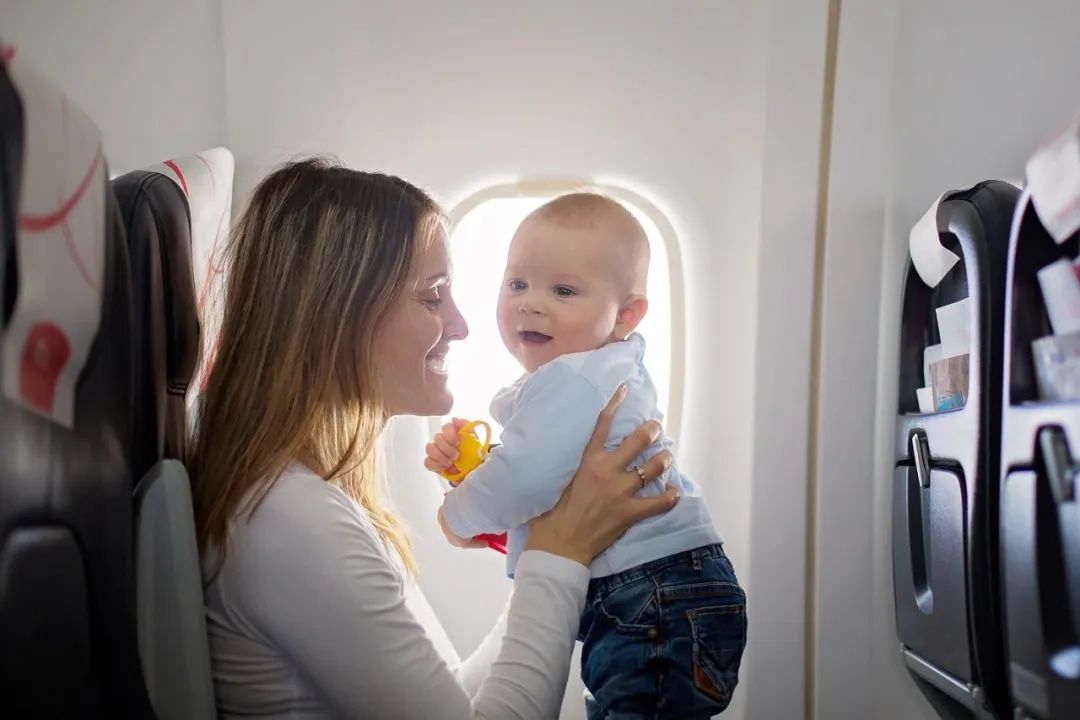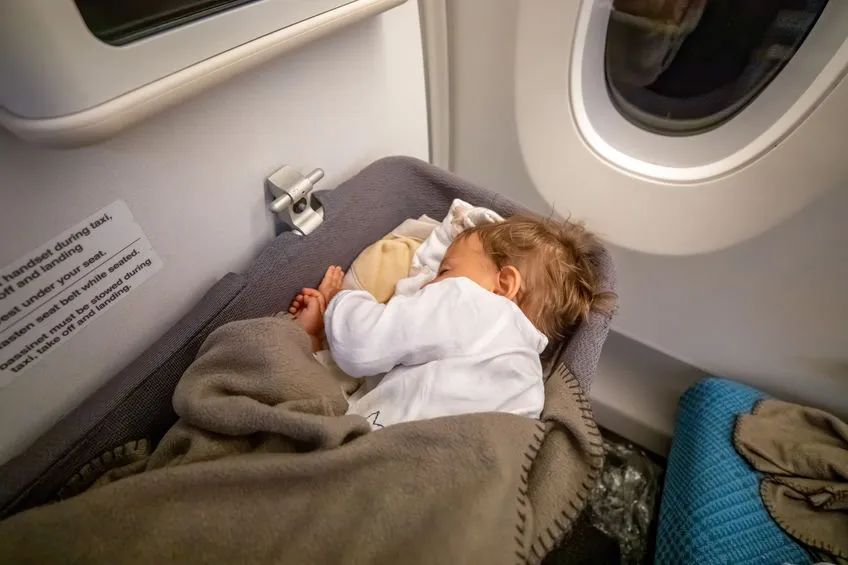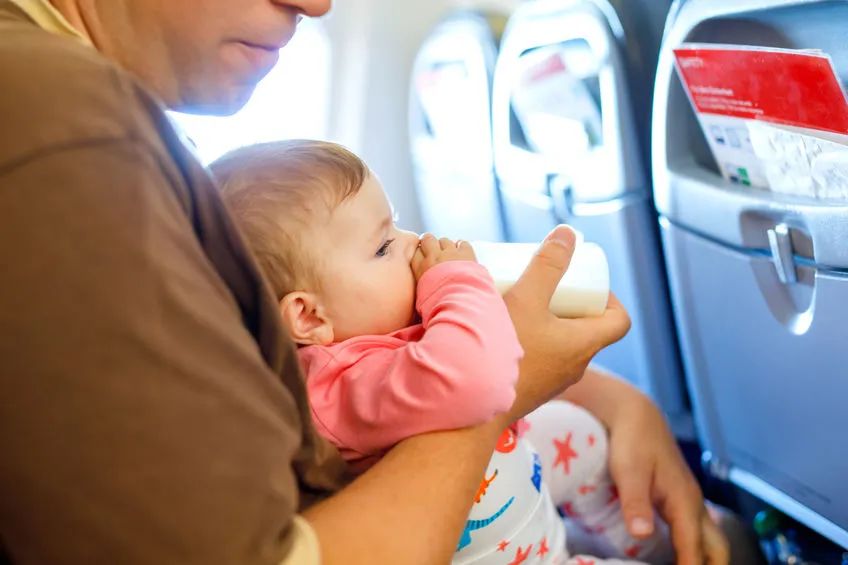
Traveling with babies and toddlers can be an exciting yet challenging experience, and one of the most common hurdles parents face is jet lag. This condition often occurs when crossing multiple time zones, disrupting the body’s natural circadian rhythms. For little ones, who are still developing their sleep patterns, jet lag can be particularly distressing… for their parents! We all know that there is no magic cure for jet lag other than time, but let’s have a look at some practical tips for managing it in young children.
Understanding Jet Lag
As we know, jet lag is primarily caused by the body’s struggle to adjust to a new time zone. Symptoms can include fatigue, irritability, difficulty sleeping, and changes in appetite. In babies and toddlers, these symptoms can manifest as fussiness, trouble napping, and altered eating patterns.
The severity of jet lag can vary based on several factors:
Age: Younger children often have more flexible sleep patterns, which can make the adjustment easier. However, on the other hand, they may be more sensitive to disruptions.
Distance Travelled: The more time zones crossed, the more intense the jet lag tends to be.
Travel Direction: This one feels like a myth, but it is true- Eastward travel (which shortens your day) generally causes more severe jet lag than westward travel (which lengthens your day). The human body’s natural circadian rhythm is slightly longer than 24 hours, making it easier to delay sleep (adjust to a longer day) than to advance it (adjust to a shorter day).

Preparing for Travel
Preparation may help to minimizing the impact of jet lag on your little ones. Here are some strategies to consider before you embark on your journey:
1. Gradual Adjustment
If you don’t have many hours of time difference at your destination, you may find that you can start to transition you child to the new time zone before you leave. The idea is that in the days leading up to your trip, gradually shift your child’s sleep schedule closer to the destination's time zone. If you’re traveling east, put them to bed 15-30 minutes earlier each night; for westward travel, do the opposite.
However if you are going to a time zone at the extreme ends of the spectrum (think Shanghai to New York), it will be impossible to do this without turning your family into night owls.
2. Choose Flight Times Wisely
If possible, book flights that align with your child’s natural sleep schedule. Evening flights may allow younger children to sleep through much of the journey.
3. Pack Comfort Items
Bringing familiar items, such as a favorite blanket, stuffed animal, or sleep sack, can provide comfort during travel. These items can help your child feel secure in new environments, making it easier for them to sleep.

During the Flight
Managing jet lag starts as soon as you board the plane. Here are some tips to help your child cope during the flight:
1. Keep Them Hydrated
Air travel can be dehydrating, which can worsen feelings of fatigue. Encourage your child to drink plenty of water throughout the flight. Avoid sugary drinks, as they can lead to energy spikes followed by crashes.

2. Encourage Movement
For toddlers, sitting still for long periods can be challenging. Allow them to stretch and move around the cabin when safe to do so. Walking up and down the aisle or doing simple exercises can help them burn off excess energy.
TIP from Louise
You will likely have to bend to hold your little ones hands as they navigate the aisle, and this can be a back-breaker for you when done on repeat: Give them a little backpack (cute animal bags are a hit!), and have them wear it with a thin cotton scarf looped between the bag and their back: you can stand straight and hold on to both ends of the scarf to support them in this makeshift harness, while maintaining a forgiving posture for yourself!
3. Maintain a Routine
Try to stick to your child’s usual routine as much as possible. This includes mealtimes and nap times. If they typically nap in the afternoon, encourage the same rest time on the plane. It is tempting to keep them awake as long as you can to encourage them to sleep later, but experienced parents know that an overtired-toddler is even less amenable to changes in their schedules!
4. Use of Sleep Aids
If your child is accustomed to using sleep aids (such as a pacifier or a favorite toy), make sure they have access to these during the flight (at sleep and nap times). For older children, you might discuss the use of melatonin with their pediatrician before your trip- some people find it helps. However, you should always test it well before you leave, since melatonin can have undesired effects in some kids, including nightmares, night terrors and sleep walking … and in some adults too- don’t ask me how I know this, but it involves sleepwalking straight on to a ski field in the French Alps in my pyjamas…
After Arrival
Once you arrive at your destination, your focus should shift to helping your child acclimate to the new time zone:
1. Get Plenty of Natural Light
Exposure to natural light helps regulate the body’s internal clock. Spend time outdoors during the day, especially in the morning, to help your child adapt to the new time zone.

2. Stick to a Routine
Re-establishing a consistent daily routine can provide security and help your child adjust more quickly. Try to maintain regular meal and sleep times, even if they differ from your home schedule.
3. Be Patient
Adjusting to a new time zone can take several days to weeks, especially for young children. Be patient and understanding as they adapt. Expect some crankiness and fatigue, and allow for extra rest if needed.
4. Limit Overstimulation
Traveling can be overwhelming for little ones, especially in new environments. Limit overstimulation by creating strict quiet times and avoiding overly busy schedules in the first few days after arrival.


Traveling with babies and toddlers can be rewarding, and by-and-large unavoidable for expat families. By preparing in advance, maintaining routines, and being mindful of your child’s needs, you can minimize the impact of jet lag and help them adjust more easily to new surroundings. Remember, every child is different, so be flexible and patient as you navigate this transition. With some agreed-upon strategies in place before you leave, you can make your travels enjoyable for the whole family- and help manage the expectations of your extended family!











